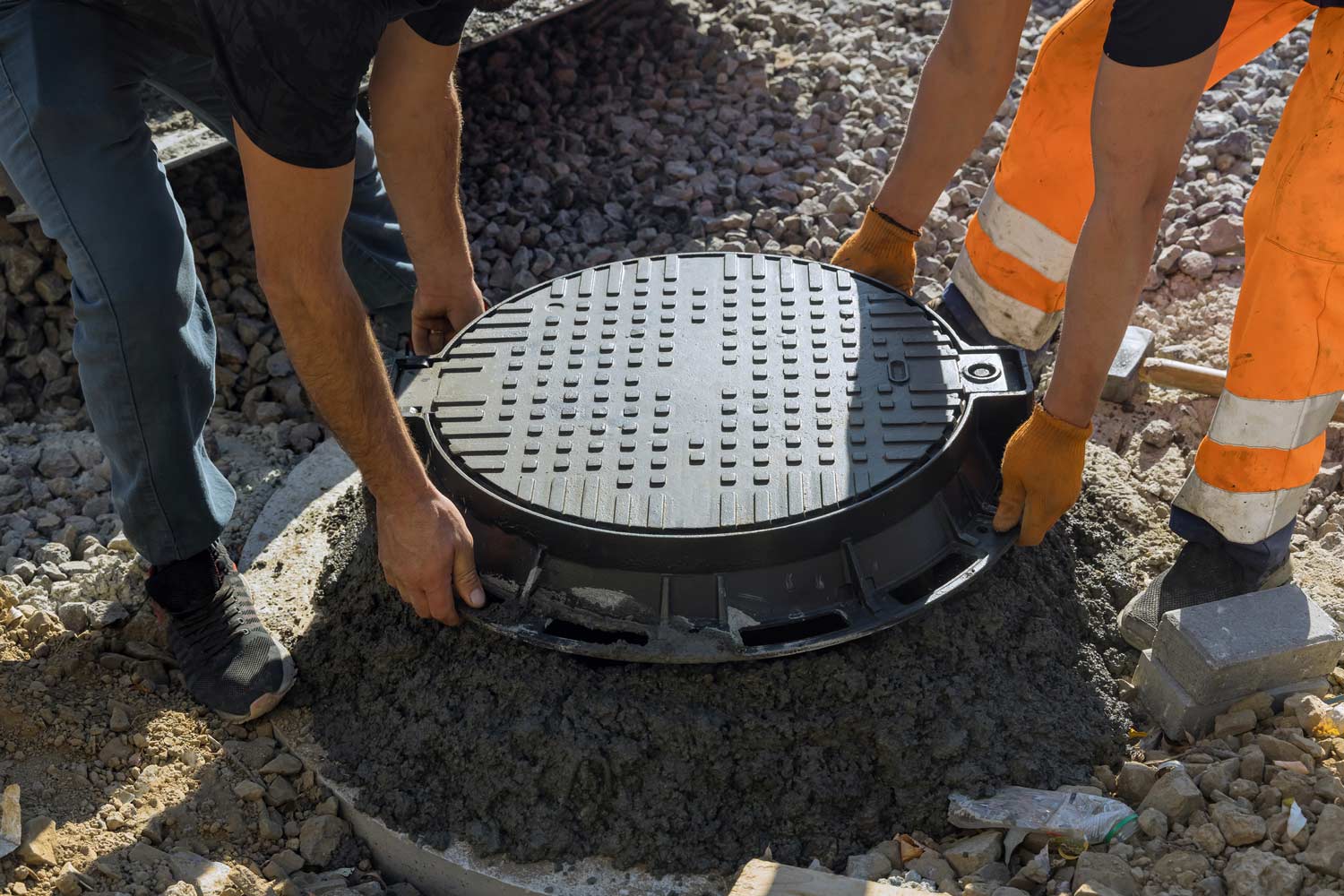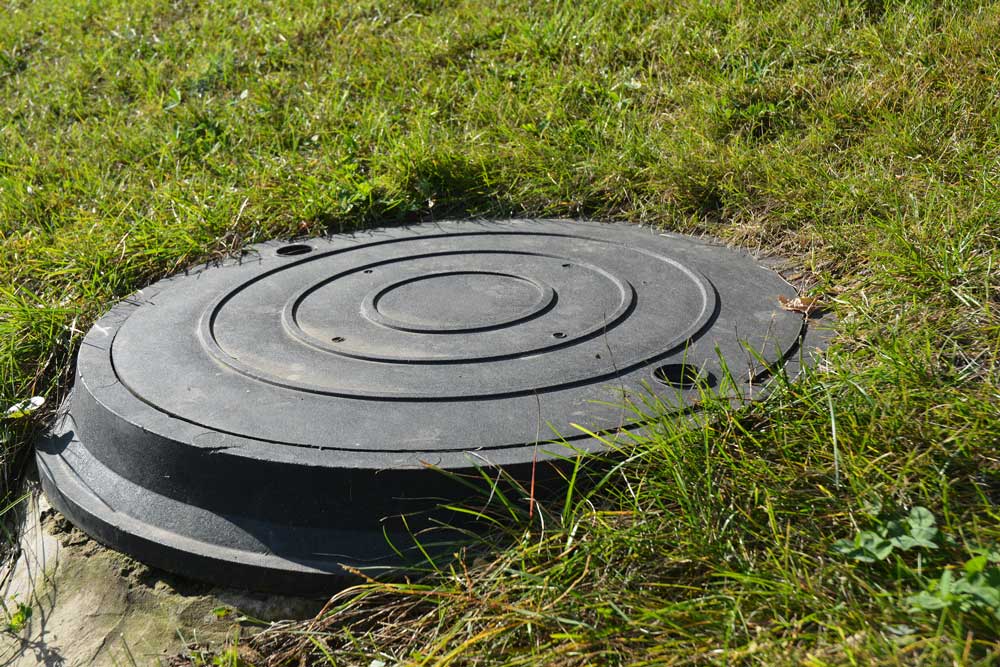What to Do If Your Septic System Fails

A septic system fails if it can no longer handle the waste it receives. The waste might back up to the house, flood the drainfield, or overflow and fill the ground around the tank. All of those scenarios are bad since they endanger your household and the environment. Below are some steps to take in case of septic system failure.
Minimize System Use
Avoid activities that send more load to the system if possible. Reduce the load if you cannot avoid them altogether. For example, space out your water use and ensure only the most necessary wastes go down the drain. That way, you avoid system overload, damage, and further environmental pollution.
Contact a Licensed Septic Contractor or the Local Health Department
The next step is to confirm the system's failure. The confirmation is necessary because a temporary system blockage can produce the same symptoms as septic system failure. The confirmation will also determine the extent of environmental pollution.
Call a licensed septic system contractor for confirmation. Do not rely on a non-professional diagnosis that might return false results. Alternatively, you can contact the local public health department.
Warn Others and Fence the Area
A failed septic system is dangerous in multiple ways. For example:
- Septic effluent contains dangerous microorganisms that can cause infections if they contaminate food or enter your body via open wounds.
- Septic gases, especially from the tank, are flammable and can cause explosions or fire outbreaks if exposed to flames.
- You can fall into damaged or weak septic tanks, such as tanks with damaged lids.
Warn your household members and neighbors about your septic system's failure. If the area around the septic system or drainfield is accessible, fence it to reduce the risk of injuries.
Avoid DIY Solutions
The dangers above mean a failed septic system is not a good candidate for DIY solutions. Do not try to pump the system, clean the tank, clear blockages, or engage in other improvised solutions. In addition to being dangerous, your efforts are also unlikely to work. Wait for professional input from your septic contractor.
Diagnose the Extent and Cause of Failure
Your septic contractor will help you diagnose the problem. A diagnosis helps to identify the right solution and prevent similar problems.
For example, some people think they can pump the tank and rejuvenate a failed septic system. However, merely pumping the tank might not help if you do not resolve the problem that caused the tank to overflow in the first place. For example, pumping the tank will not help septic failure occasioned by drainfield compaction.
Fix the Problem
The solution will depend on the failure diagnosis. You may solve the problem without replacing the septic system depending on the damage, its cause, and its extent. Discover some solutions your contractor may suggest, depending on the circumstances:
- Improve drainage around the drainfield to prevent flooding when it rains.
- Replace a septic tank that is damaged beyond repair.
- Pump air into a compacted drainfield to improve its ability to absorb water.
- Replaced crushed installations, such as distribution boxes or pipes.
The contractor will advise you to relocate the drainfield if rejuvenation cannot help. Note that all solutions to a failed septic system require approval from the local authorities.
Contact JT Sanitation if you suspect problems with any part of your septic system. We will use our experience and expertise to get the system running again. We are happy to help with any septic system need you have and will answer any questions you want to discuss. Please let us know how we can assist you today with your septic system.
